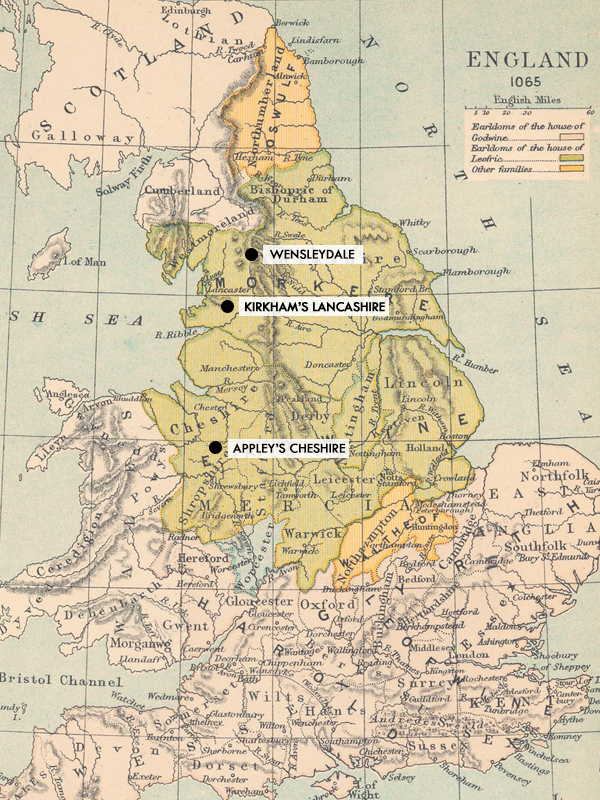Over the next little bit we are excited to feature three raw milk cheeses from Cato Corner Farm located in Colchester, Connecticut. Jersey cows, a breed popular for the high butterfat content of their milk, are the primary source for these delicious, one of a kind, hand made cheeses. Because these cows are fed a pasture based diet without growth hormones or subtherapeutic antibiotics, you can be sure this is some of the finest cheese New England has to offer.
Elizabeth MacAlister and Mark Gillman are the mother and son team who own and manage the farm. Elizabeth has been farming since the 1970's and started making cheese in 1997. Mark took over cheese making and aging processes in 1999. Together they have produced the following remarkable cheeses available for sampling and purchase at the France 44 Cheese Shop and the St. Paul Cheese Shop.
Bloomsday
Bloomsday is one of Cato Corner Farm's most popular cheeses. Named for Thursday 16 June 1904, a prominent day depicted in James Joyce's novel "Ulysses". The makers describe this cheese as "firmer than many of our cheeses with a cheddary acidity balanced with a touch of sweetness." Bloomsday is great for both snacking and cooking. According to Cato Corner Farms it pairs well with fig jam, sour dough bread, medium bodied red wines, and amber lager.
Hooligan
A delightfully ripe and stinky cheese awarded top prize in the Outstanding Dairy category from Gallo Family Vineyards Gold Medal Awards in April 2006. It's likened to a French Muenster and and was selected by both Saveur magazine and Slow Food USA as one America's top cheeses. The makers recommend pairing this one with cranberry walnut bread, Belgian style ales, Zinfandel, sweet white wines, hot pepper jelly, honey, and caramelized pecans.
Dutch Farmstead
Dutch Farmstead is young, creamy and rich. It's a great example of a buttery Jersey cow milk cheese. The makers suggest pairing this one with sauvignon blanc, tart raspberry jam, inky cabernets and floral saisons.







